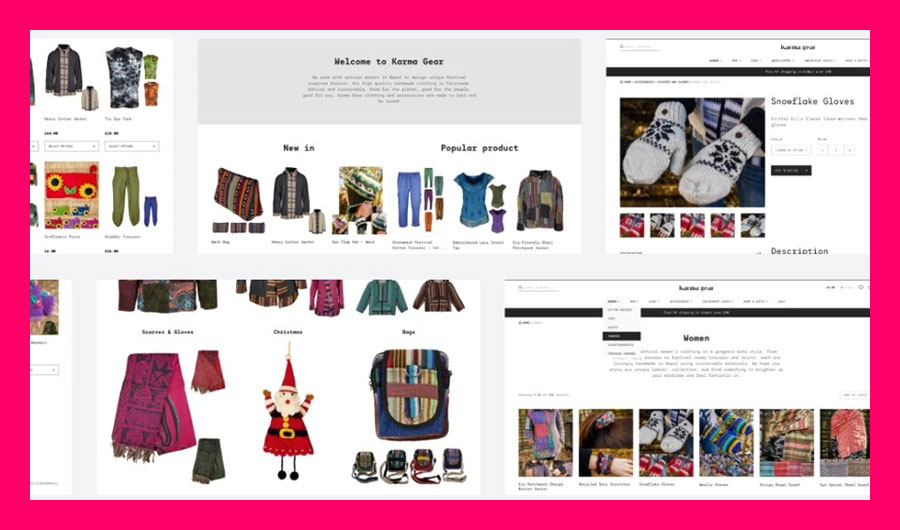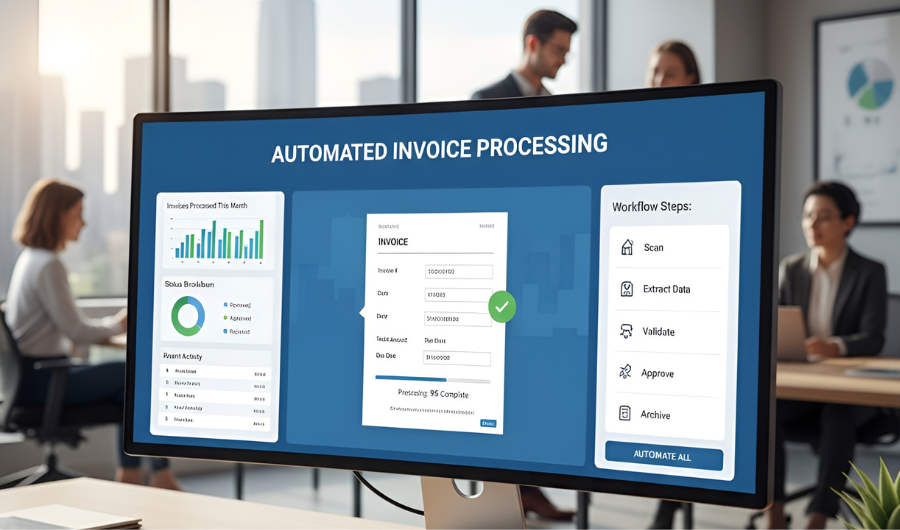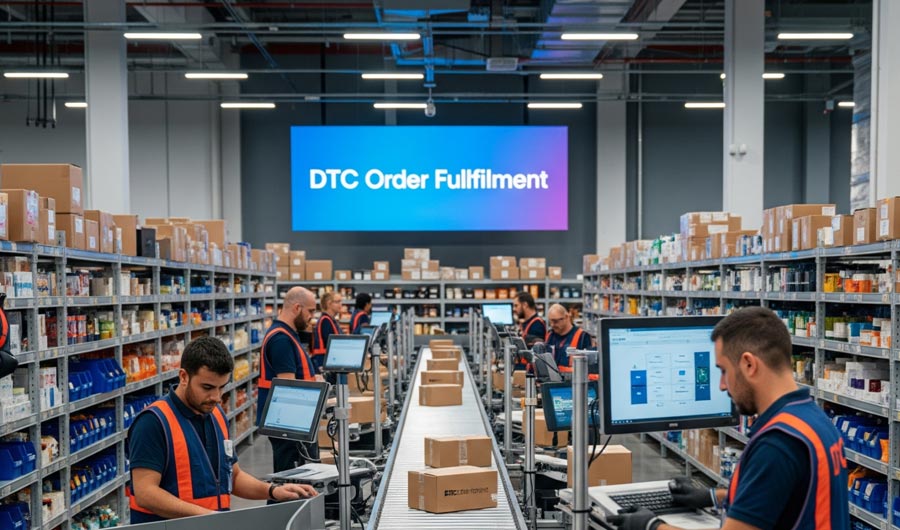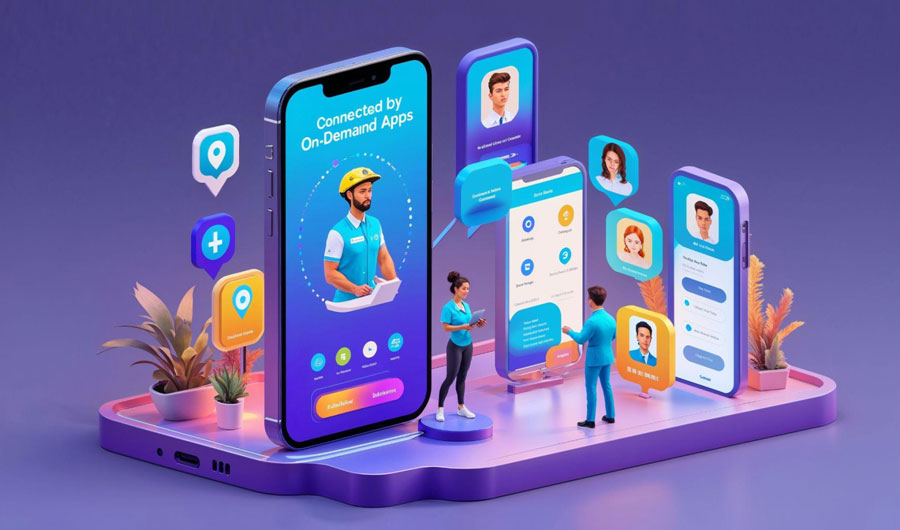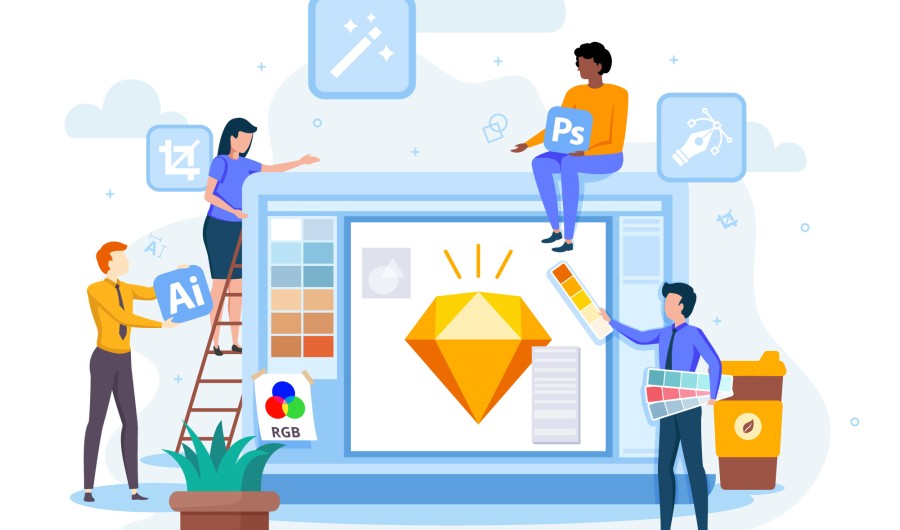
Essential Software for Streamlining Design Projects
Managing design projects efficiently requires both creativity and the right set of tools> The general idea is to streamline workflows and enhance collaboration across the board. As a rule, design software tools are evolving rapidly, with the global graphic design market expected to reach $46.8 billion by 2027, according to Research and Markets.
The rise of cloud-based platforms has transformed the way designers work, offering more collaborative and flexible environments for teams. Figma, to name a single strong example, got a huge boost as their user base grew by 45% over the last two years.

Photo by Austin Distel on Unsplash
What does design software do? Well, just about everything – improves productivity, reduces project timelines and ensures the delivery of high-quality results. So, let’s have a look at where you can apply this software and some cool examples.
Optimizing Design Projects: Best Software for Specific Applications
Design projects are as varied as their uses: graphic design, UI/UX, web design, 3D modeling and especially in agency work. Each design project type demands specialized tools, so it’s always a good idea to figure out your needs first.
And you should keep an eye on the tools as well since advancements in software technology come about very often, offering platforms that boost productivity while also ensuring high-quality outcomes.
We will explore the best software tailored for specific design applications, providing insights into how each tool can improve various aspects of a design project.
CorelDRAW: Ideal for Graphic Design Projects
This is your traditional graphic design, literally good old fashioned CorelDRAW. The program has been a cornerstone tool for many professionals for decades. It has a reputation for being easy to use, and able to create detailed vector illustrations, logos, and even complex print designs.
CorelDRAW’s suite offers a wide range of advanced tools for creating vector art and handling page layouts, making it ideal for everything from magazine design to corporate branding.
- Vector Editing Features: CorelDRAW has great vector editing capabilities. Designers are able to create high-quality graphics that can be scaled to any size without losing resolution – any graphic designer can tell you how resolution is important.
- Time-Saving Features: CorelDRAW has an AI-powered assistant – It helps convert sketches into vectors in real time. This does wonders for the time needed for drawing and revising designs.
AutoCAD: The Go-To for Architectural Design
When it comes to architecture and engineering AutoCAD continues to dominate the design scene. AutoCAD shines most when it comes to precision and functionality, allowing users to create 2D and 3D structural designs with high accuracy.
- 3D Modeling Tools: 3D modeling in AutoCAD offers tools that are able to create complex structures. These tools are essential for architectural projects where precision is critical – which probably means 90% of architecture projects.
- Layer Management: AutoCAD’s layer management features allow organizing different components of projects in a clear and accessible way. For example, an architect can place electrical schematics on one layer and plumbing designs on another, keeping the project manageable and straightforward.
Blender: Revolutionizing 3D Animation and Modeling
Blender stands way ahead of the competition as the go to solution for 3D modeling – it’s open-source and free. It’s nigh impossible to name another tool that both independent creators and large studios use. And they use it for everything from animated films to video games – which just goes to show how versatile and applicable it is.
- Comprehensive Toolset: Blender provides tons of tools a 3D artist needs – sculpting, texturing, and rendering, you name it. Then there’s advanced physics simulations, smoke, fluids, and particle systems.
- Real-Time Rendering: Blender has a real-time rendering engine, Eevee. Eevee allows designers to visualize how lighting and textures will appear without waiting for the final render – which saves hours, if not even days in production.
Axure RP: Perfect for UI/UX Design Prototyping
UI/UX design makes or breaks an app, so if there was an application of design that needs special attention it’s this. Axure RP stands out as it offers a set of advanced tools for prototyping, wireframing and documenting application designs.
Why choose Axure PR? Unlike Figma or Sketch, which are more focused on the design itself, Axure RP excels in prototyping complex, interactive interfaces..
- Dynamic Content: Axure RP allows designers to create dynamic content and conditional logic, meaning you can simulate user flows with real interactions. This is critical for demonstrating how an app or website will behave in a real-world setting.
- Detailed Specifications: Axure also helps document specifications for developers, ensuring that the handoff between design and development is seamless. This documentation can include everything from user flowcharts to fully interactive prototypes.
Rhino 3D: Essential for Product and Industrial Design
For product designers and industrial design Rhino 3D is one of the most trusted tools on the market. Rhino creates free-form, precision models for everything from consumer products to mechanical components.
- NURBS Modeling: This is what you need to watch out for – the Non-Uniform Rational B-Splines (NURBS) modeling system – it’s the distinctive Feature of Rhino 3D. The model allows creation of highly accurate and detailed surfaces. We’ve simplified exactly what the model does to reasons of space, but it is extensive and a game changer in the field.
- Cross-Disciplinary Use: Rhino’s versatility extends beyond product design. It’s also used in fields like architecture, marine design, and engineering, allowing professionals to collaborate on interdisciplinary projects.
Marvel App: Simplifying Mobile App Design
For mobile app design, Marvel App provides an intuitive and user-friendly platform that simplifies the process of designing, prototyping, and collaborating on mobile interfaces.
Its integration with other tools and ease of use make it a great choice for teams looking to streamline mobile app development.
Easy-to-Use Prototyping: A key feature of Marvel is simplicity. It has a great drag-and-drop interface for prototyping which allows creation of clickable prototypes that simulate how the app will function on various devices.
- Easy-to-Use Prototyping: A key feature of Marvel is the team’s devotion to simplicity. They’ve developed a great drag-and-drop interface used for prototyping. This basically allows creation of clickable prototypes that simulate how the app will function on various devices.
- Handoff to Developers: Here is where Marvel does its best work – in its’ handoff capabilities. Once a design is finalized, developers easily access the assets, CSS code, and HTML needed to bring the design to life. This saves a bunch of man hours on documentation.
Endnote
It really can go without saying that we’ve only scratched the surface here. There are many more tools available out there.
If we haven’t mentioned an example of software you might need, make sure to do your own research – you are sure to find something that works for you.
A last bit of advice – always keep an eye on new tools since they are developed rapidly.


